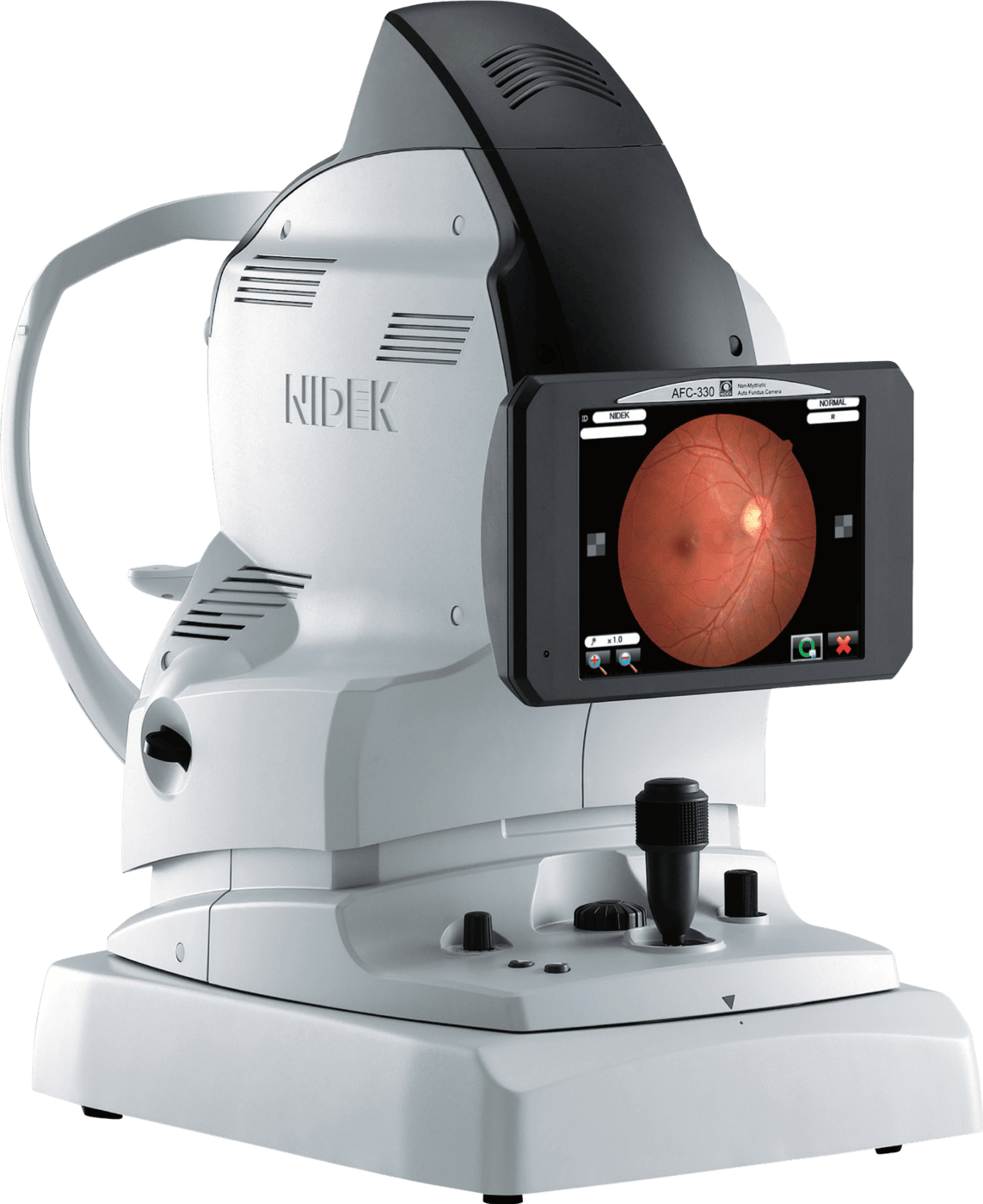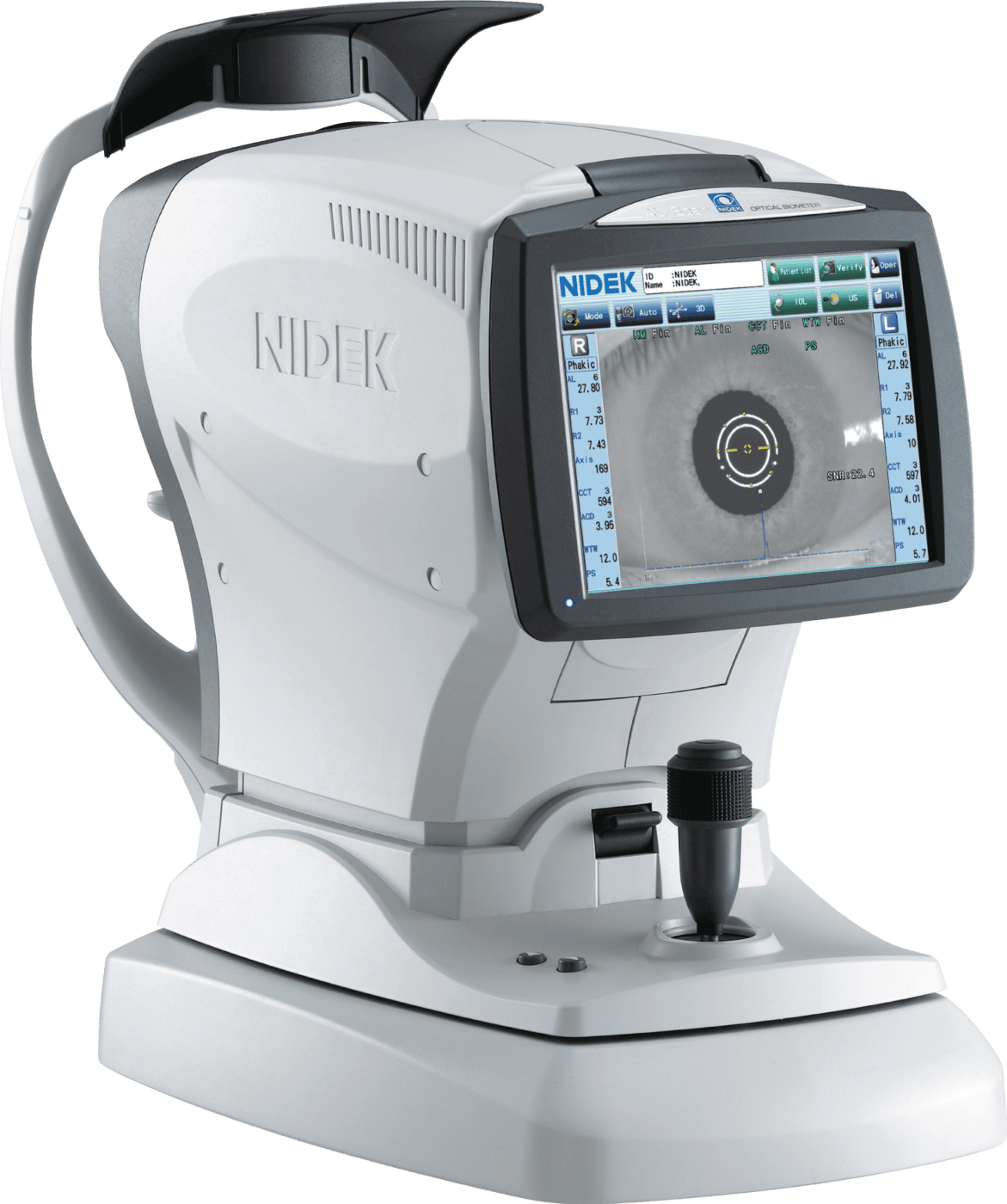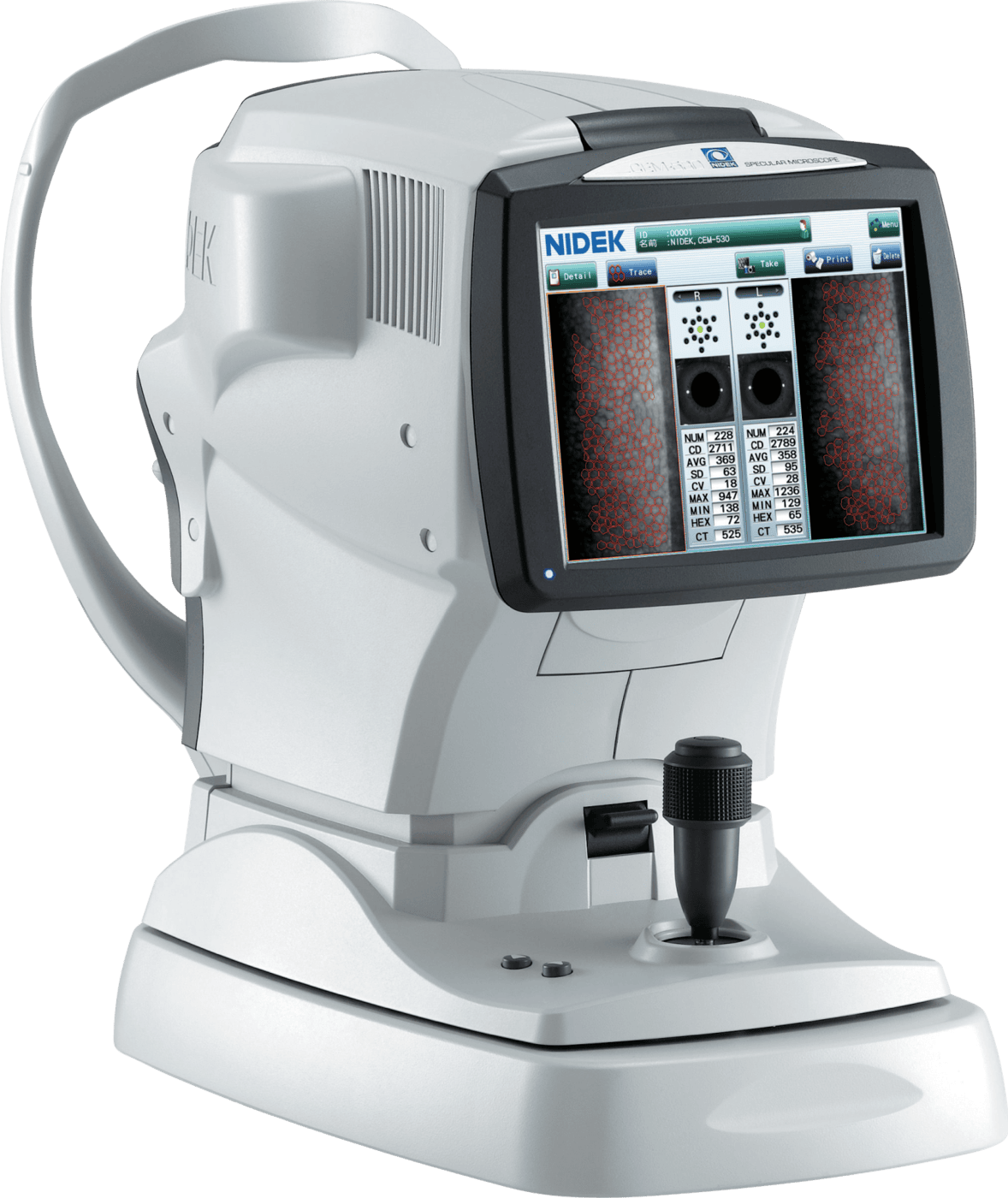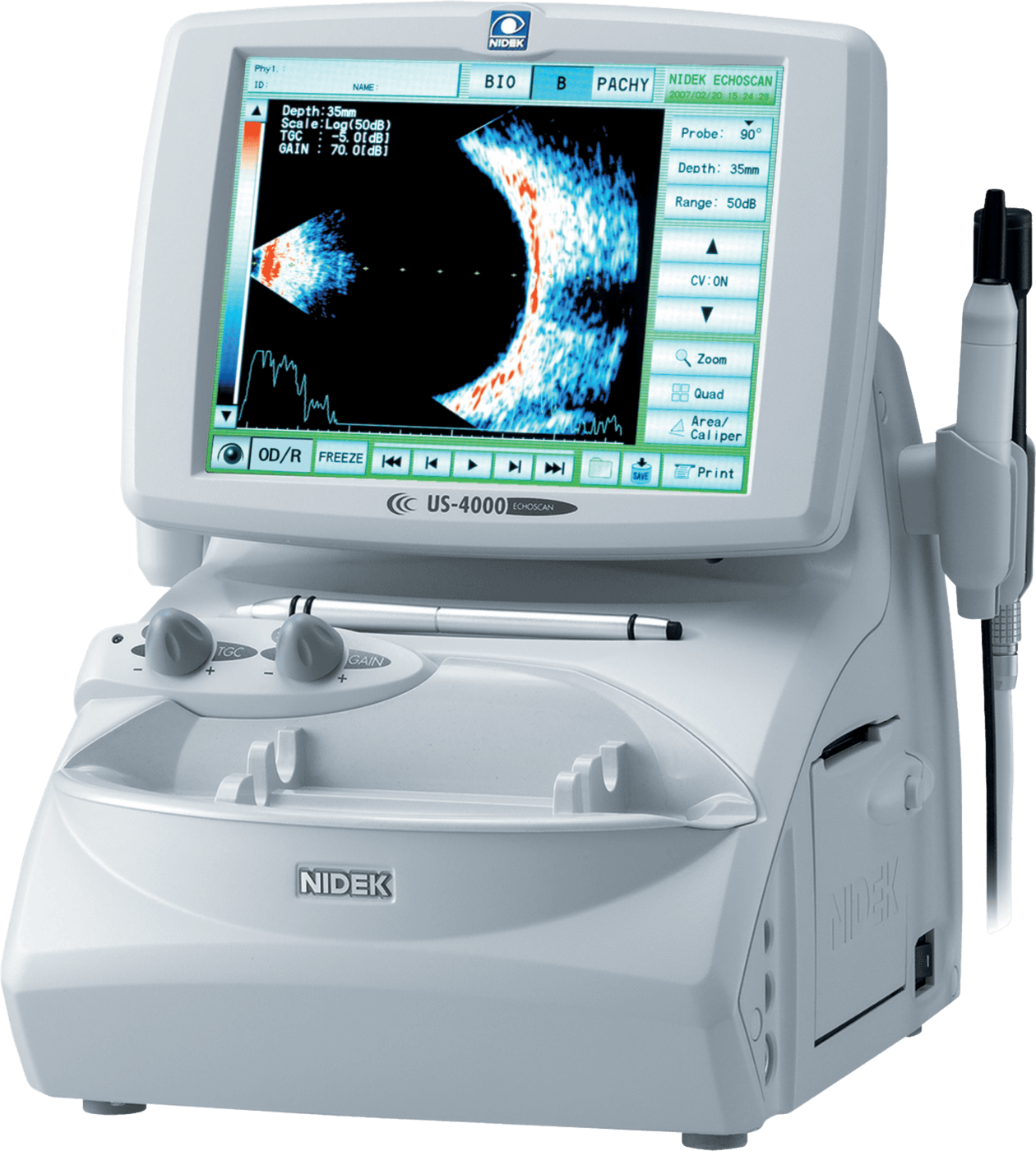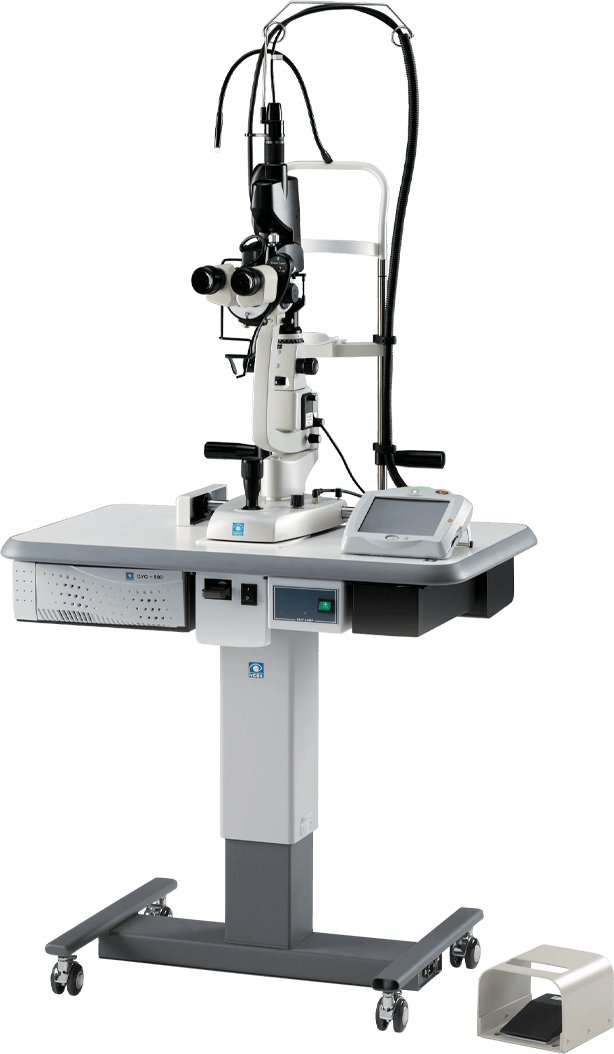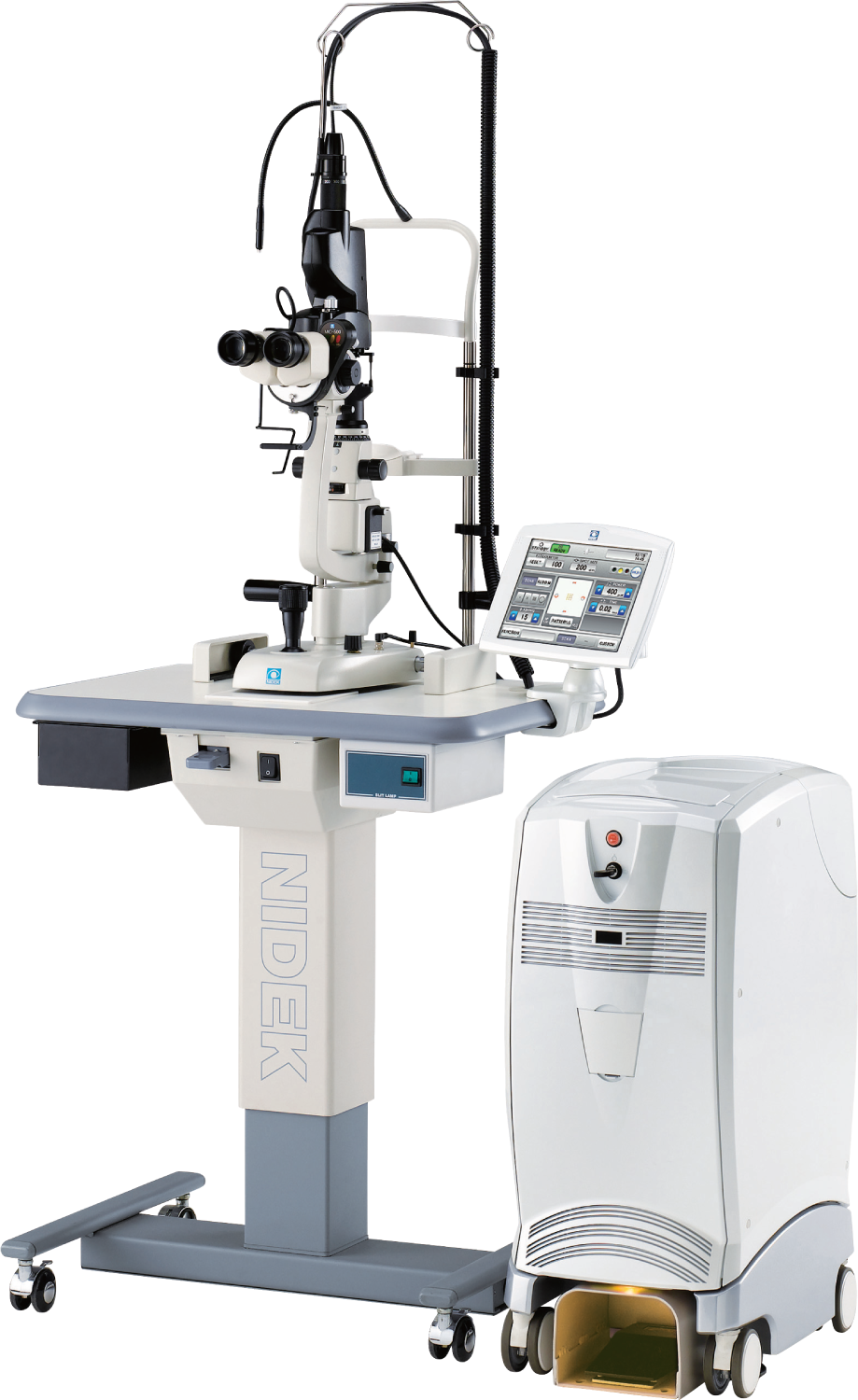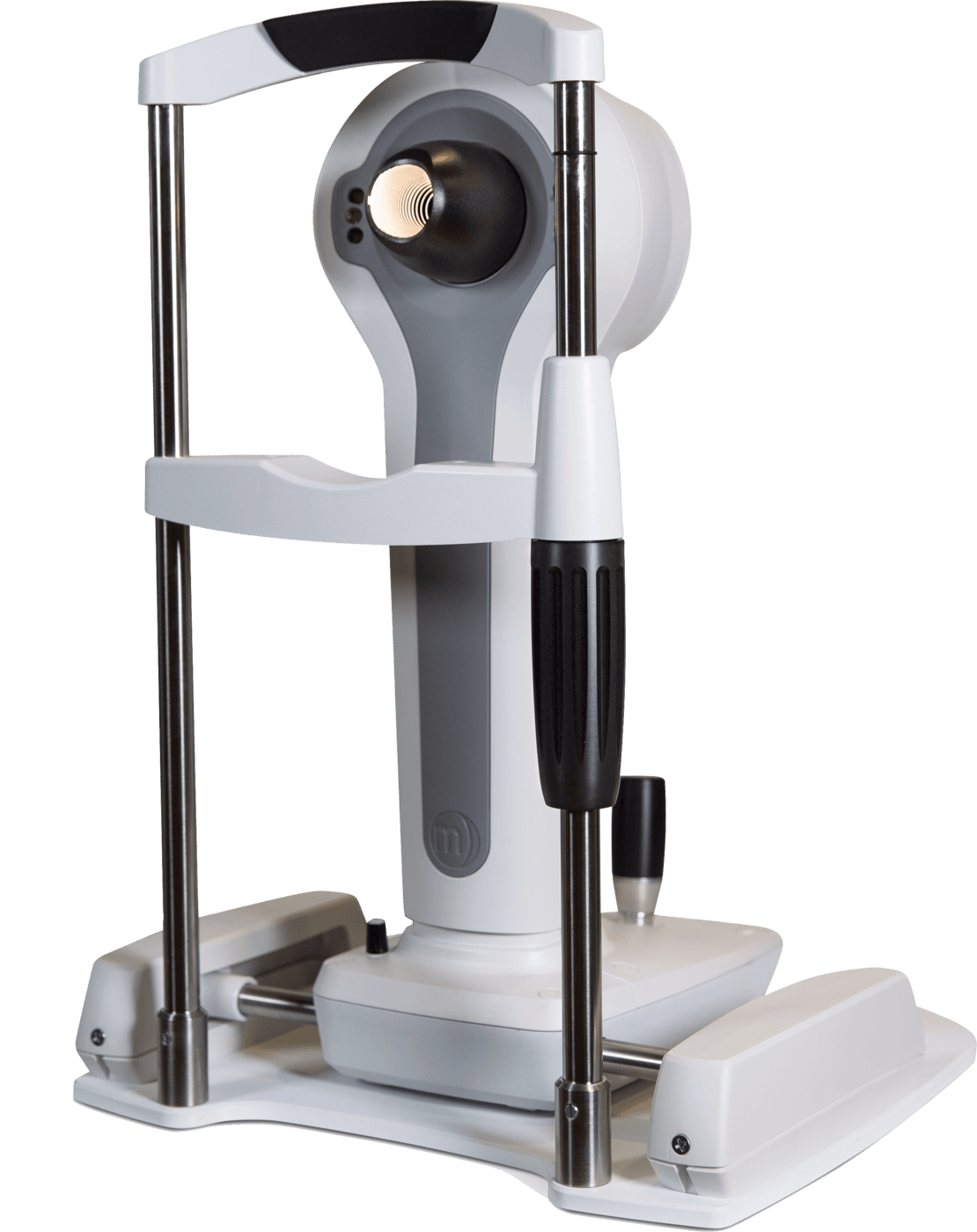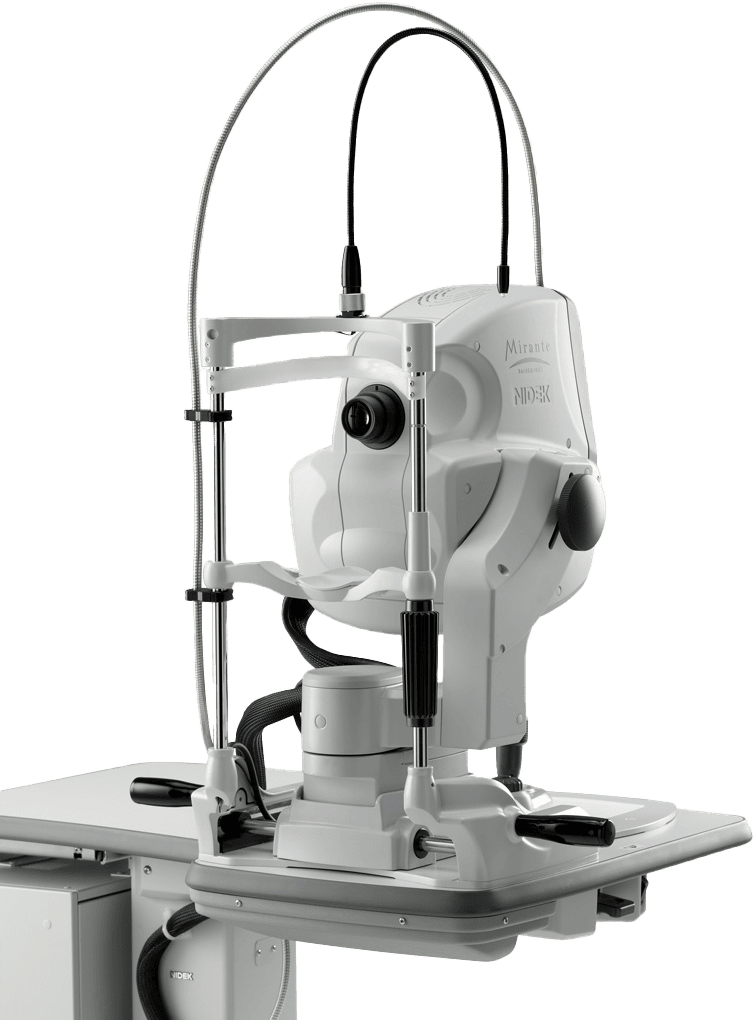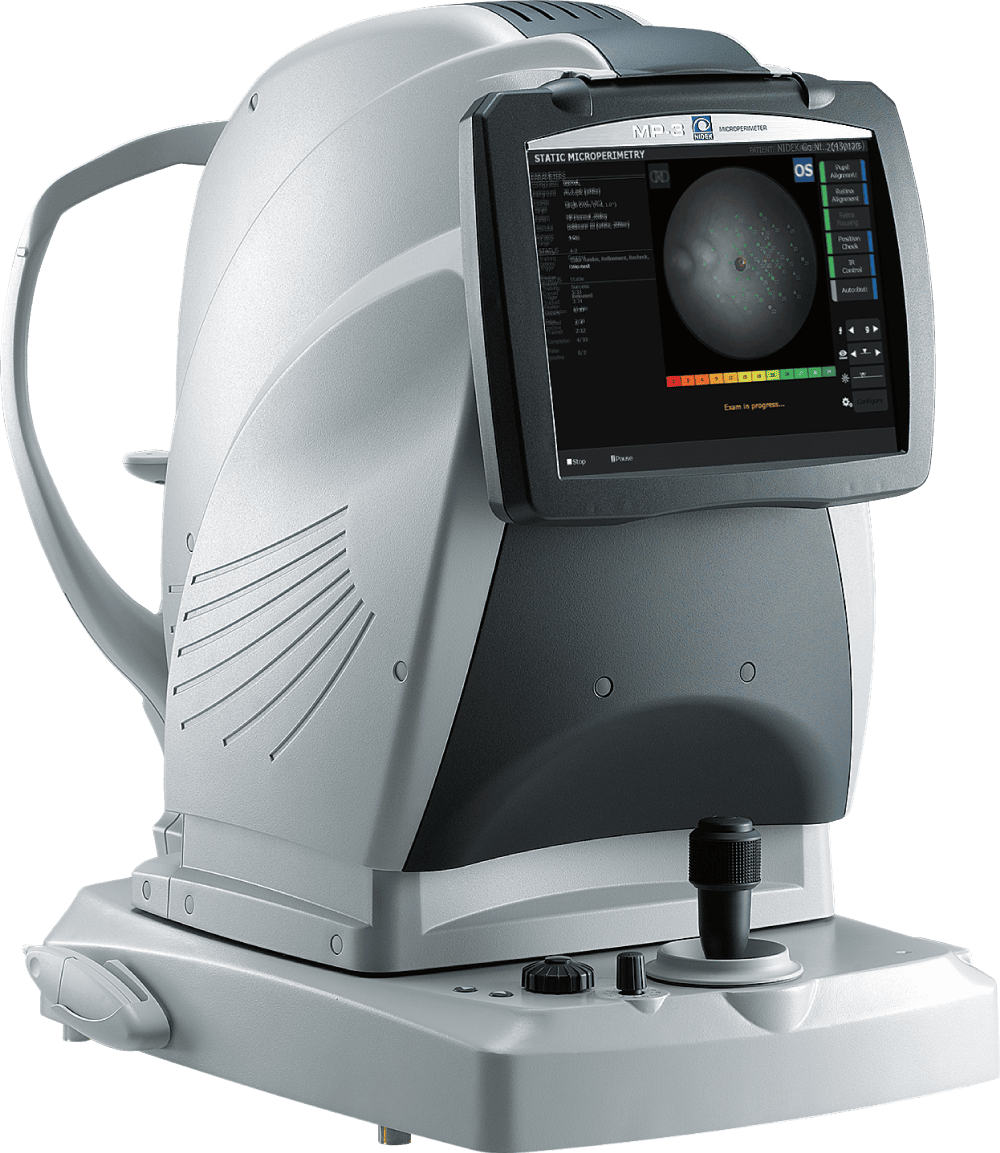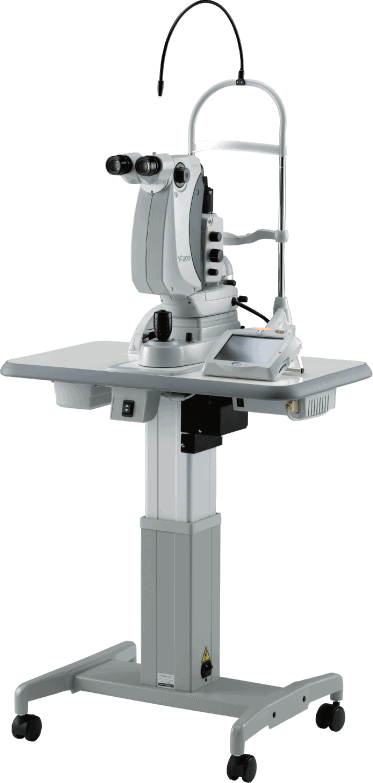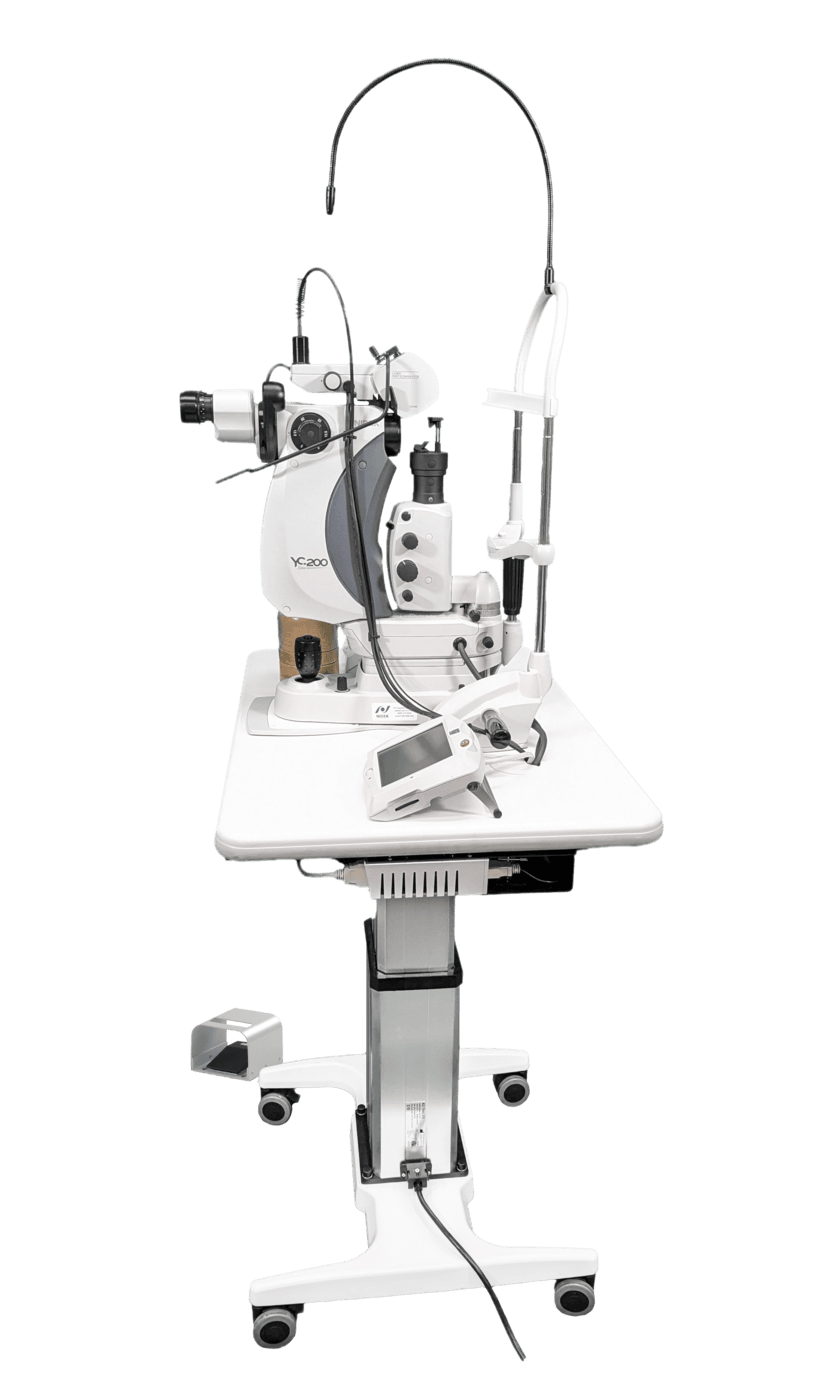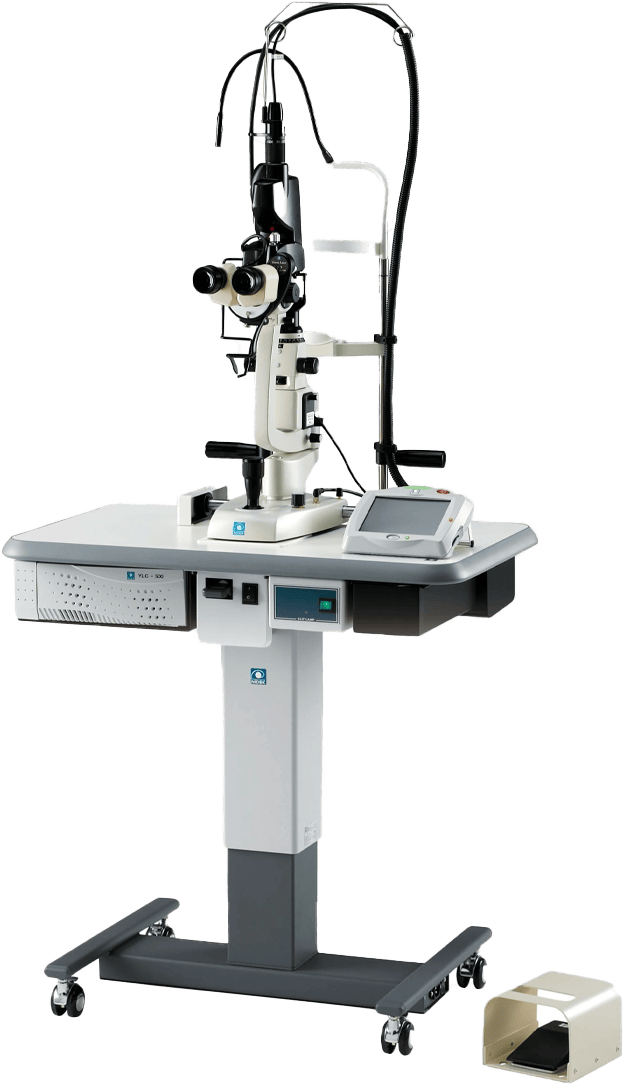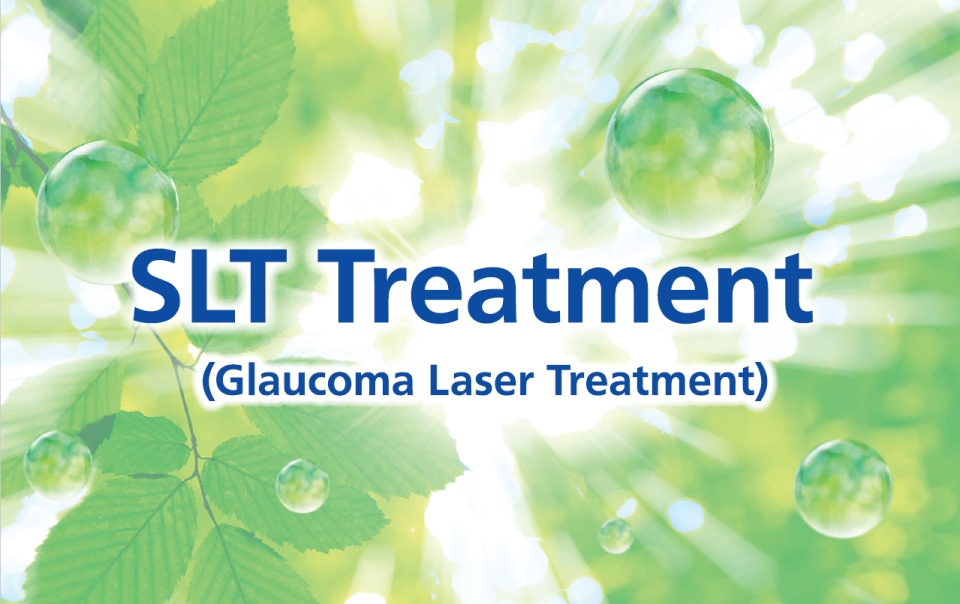
Editorial supervisor: Koji Nitta, MD | Fukui-ken Saiseikai Hospital, Department of Ophthalmology
What is Glaucoma?
A liquid called aqueous humor is produced by the ciliary body. The aqueous humor is drained through trabecular meshwork which is located at the base of the cornea and iris. In the normal eye, a balanced production and drainage of the aqueous humor is maintained. However, with age, the trabecular meshwork gradually accumulates debris that can cause an increase in the pressure within the eye (called intraocular pressure, IOP). This increased pressure can result in damage to the optic nerve and the patient can develop glaucoma.

Management of Glaucoma
As glaucoma progresses there is a loss of visual field. These visual field defects are permanent but lowering IOP can prevent further loss of visual field. Hence, it is important to visit your eye doctor for regular check up exams.

Treatment of Glaucoma
Eye Drop Treatment
Use eye drops that lower IOP. Eye drops are a common treatment for glaucoma but they have to be instilled regularly.
Laser Treatment
Apply laser treatment to the trabecular meshwork to reduce IOP. This is a safe, painless procedure with less side effects than eye drops. However, some patients do not respond to laser treatment.
Surgery
Surgery is used in cases where progression of glaucoma continues despite the use of eye drops or laser treatment.
What is SLT?
SLT uses a low-energy short-pulsed laser on the clogged trabecular meshwork, allowing increased drainage of the aqueous humor. This laser basically targets the debris in the trabecular meshwork. SLT does not damage the eye, and it has very few side effects. Unlike eye drops, SLT does not need to be performed every day, making it very convenient for patients.

FAQs About SLT Treatment
The effect of the SLT lasts an average of 3 years when it is used as initial therapy. It lowers IOP in 80% of patients, but 20% of patients are non-responders.*
*Nitta et al. : Results of selective laser trabeculoplasty (SLT) as initial treatment for normal tension glaucoma. Nihon Ganka Gakkai Zasshi 2013, 117(4):335-43
Glaucoma will be treated by other means such as eye drops or surgery.
Conjunctival redness, blurred vision and eye discomfort may occur after laser treatment. These symptoms usually disappear within one week. IOP may rarely increase after laser treatment.
Anesthetic eye drops are placed in the eye before laser treatment, so there is no pain. SLT is performed using a medical contact lens which is removed after treatment.
SLT usually takes 5-10 minutes.
Hospitalization is not required. SLT is an outpatient treatment.
There are no restrictions on daily life activities after SLT. You can take a bath or wash your hair even on the day of treatment.
Comparison of SLT and Eye Drops
| SLT | Eye Drops | |
| Approach | Anesthetic eye drops are instilled, and a medical contact lens is placed on the eye and laser is applied to the trabecular meshwork.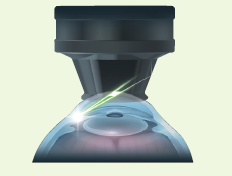 |
Instill eye drops regularly.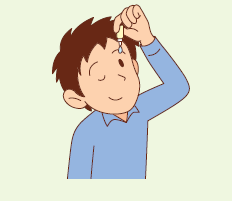 |
| Effect | A single treatment lowers IOP in 80% of patients. | Use of multiple eyedrops based on the severity of glaucoma. |
| Side Effects | Conjunctival redness, blurred vision and eye discomfort may occur after laser treatment. these symptoms usually disappear within one week. IOP may rarely increase after laser treatment. | Conjunctival redness, allergic inflammation, corneal epithelium disorder, blepharitis, deepening of the eyelid, pigmentation of eyelid, and eyelash growth. |
| Advantages | – Freedom from instilling glaucoma eye drops – The effect lasts for about 3 years with a single treatment |
– Easy to start – Lower cost – Effect maintained by daily use |
| Disadvantages | – Expensive (it may be covered by medical insurance in some countries) – Patients may be scared to undergo a laser treatment |
– It is inconvenient to instill glaucoma eye drops everyday – Have to pay attention to the side effects of the eye drops |
To learn more about the NIDEK YC-200 S plus YAG/SLT Combo Laser, visit: https://usa.nidek.com/yc-200
